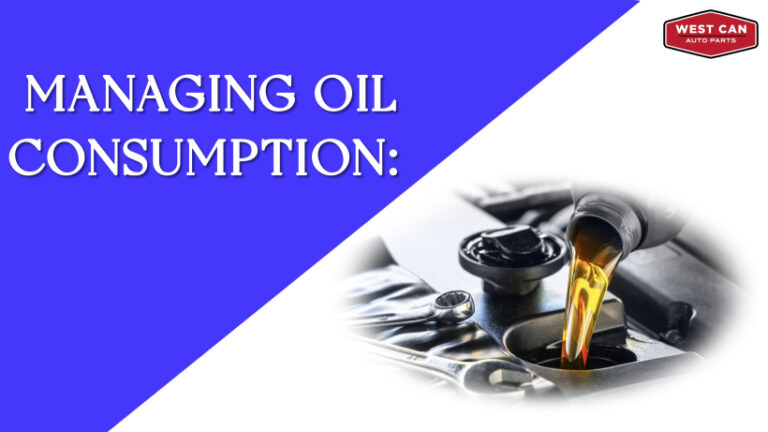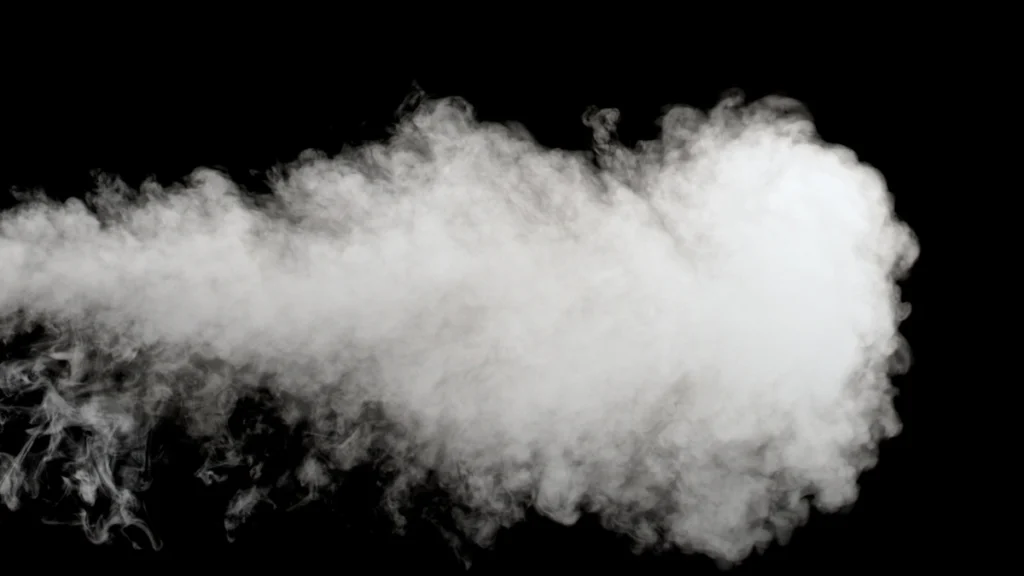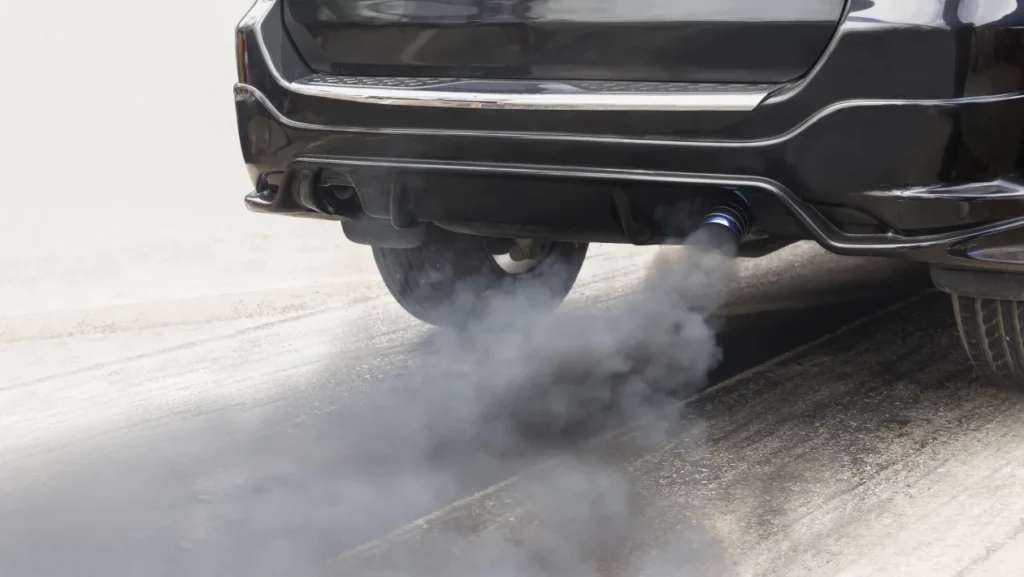
Similar Posts

Headlights for Every Need: Halogen, HID, LED, and Laser Headlights Explained
Sharing is CaringWhen it comes to your vehicle’s lighting, headlights play a crucial role in safety, performance, and aesthetics. Whether you’re driving through dense fog, navigating dark rural roads, or cruising on city highways, the type of headlight you choose makes a difference. With several options available—including halogen, HID, LED, and laser headlights—understanding their benefits…

Rear-View Mirrors: The Unsung Heroes of Safe Driving
Sharing is CaringWhen you think of vital car parts, the rear-view mirror might not be the first that comes to mind. Yet this small piece of glass is one of the most important safety tools on your vehicle. Whether you’re backing into a parking spot, changing lanes, or monitoring traffic, your rear-view mirror plays a…

DIY Car Maintenance Made Simple: The Role of Auto Parts Stores
Sharing is CaringOwning a car is a wonderful experience, but it comes with its fair share of responsibilities. From regular oil changes to unexpected repairs, vehicle maintenance can sometimes feel overwhelming. The good news? Auto parts stores have stepped up their game, making car care more accessible and convenient for everyone. Let’s explore how these…

How to Read & Understand OBD-II Codes Like a Pro
Sharing is CaringUnlocking the Secrets Behind Your Check Engine Light Every modern vehicle, including those driven across Canada’s icy roads and diverse terrains, is equipped with an OBD-II system (On-Board Diagnostics). When the check engine light comes on, your vehicle is trying to tell you something—and understanding these messages can save you time, money, and…

Managing Oil Consumption: When It’s Normal and When to Take Action
Sharing is CaringHave you ever checked your vehicle’s oil levels between regular service intervals only to notice that some of it has vanished? Don’t panic just yet—this could be perfectly normal! As vehicles evolve, longer service intervals and advanced engine technologies have redefined oil consumption expectations. Understanding what’s normal versus what’s excessive is key. West…

Most Common Car Problems
Sharing is CaringFrom time to time everyone finds them to have problems with their cars. If you develop a problem, it’s never a good idea to ignore it; Handling small problems immediately after that happens is the best way to avoid big improvement bills later on. Safety is also another concern, keeping your car in…





